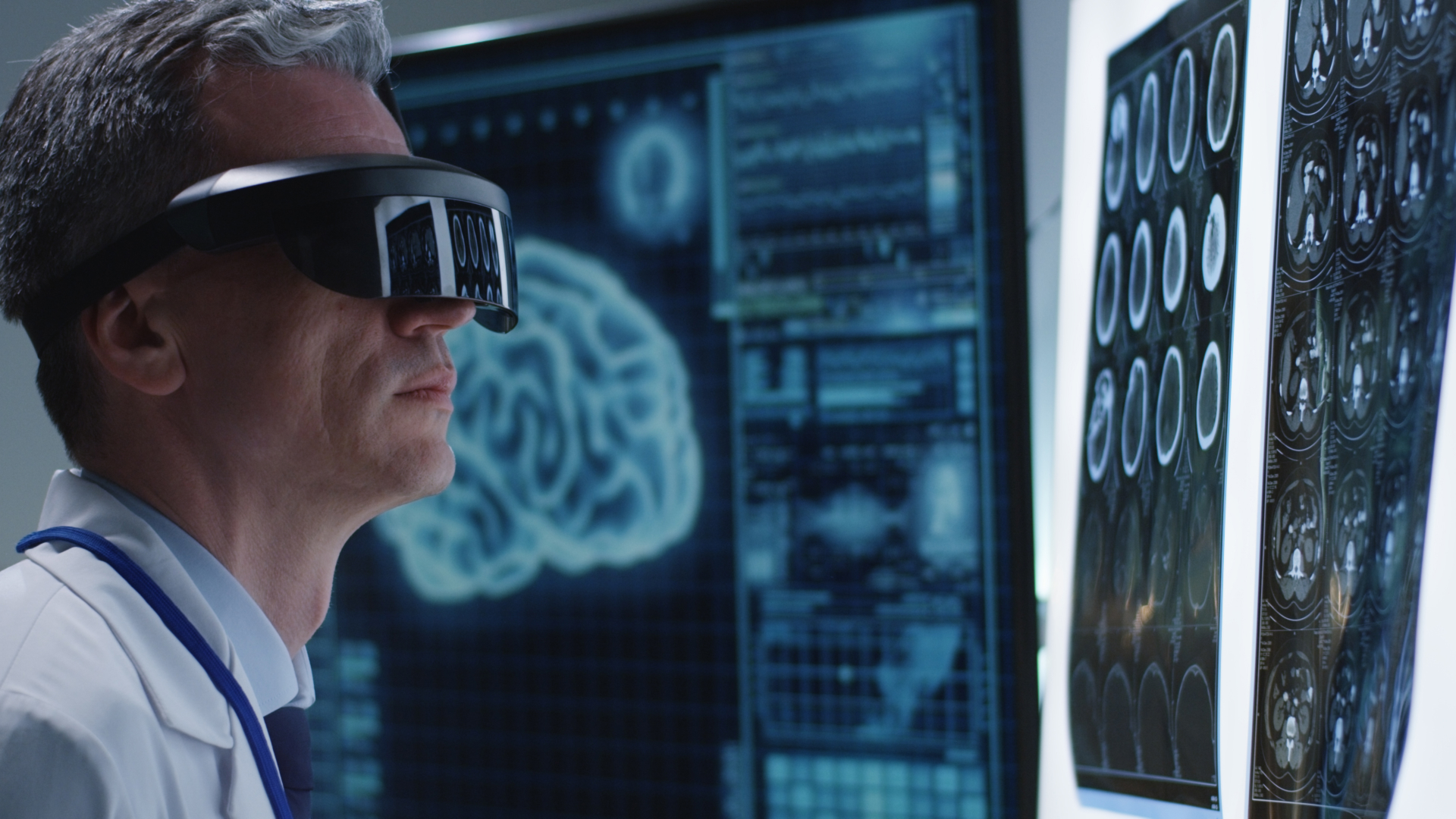I’ve been in the XR world for a long time, witnessing many ups and downs in this technology. It’s not an exaggeration to say that the most anticipated event in the industry in the last decade was Apple’s entry into the XR market with the announcement of the Vision Pro glasses. When the presentation finally happened, the expectations from the industry and market were enormous.
And as always at such moments, it divided people into two camps. Some saw it as a breakthrough in technology development and adoption, while others were more reserved, pointing out that the glasses – though technologically advanced – still didn’t meet expectations. The device is still quite bulky, covering a large part of the face, and most importantly, it lacks strong use cases that would convince us of its potential for mass adoption.
This article isn’t about whether the product is good or bad. It’s about the direction Apple is heading and what their master plan is with their first XR Glasses – Vision Pro.
But let’s not get ahead of ourselves. For now, let’s consider the three key players in the race for the holy grail of reinventing how we use the artificial world, the future of computing.
Author: Bartek Rozbicki, SYZYGY GROUP’s XR Director
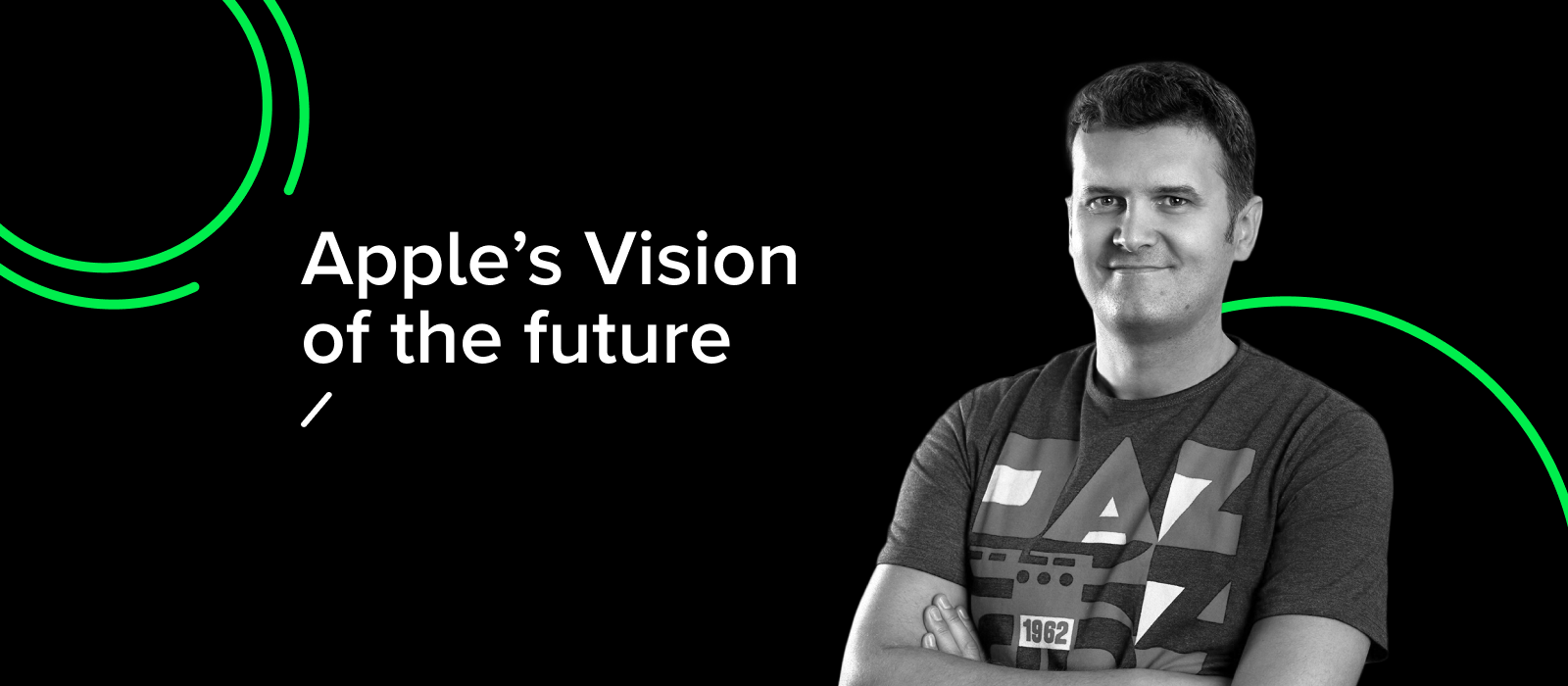
Let’s briefly look at three evolutionary paths and products (which, in my opinion, are good representatives of their categories):
- Oculus Quest 3,
- Ray-Ban AR glasses,
- and Apple Vision Pro
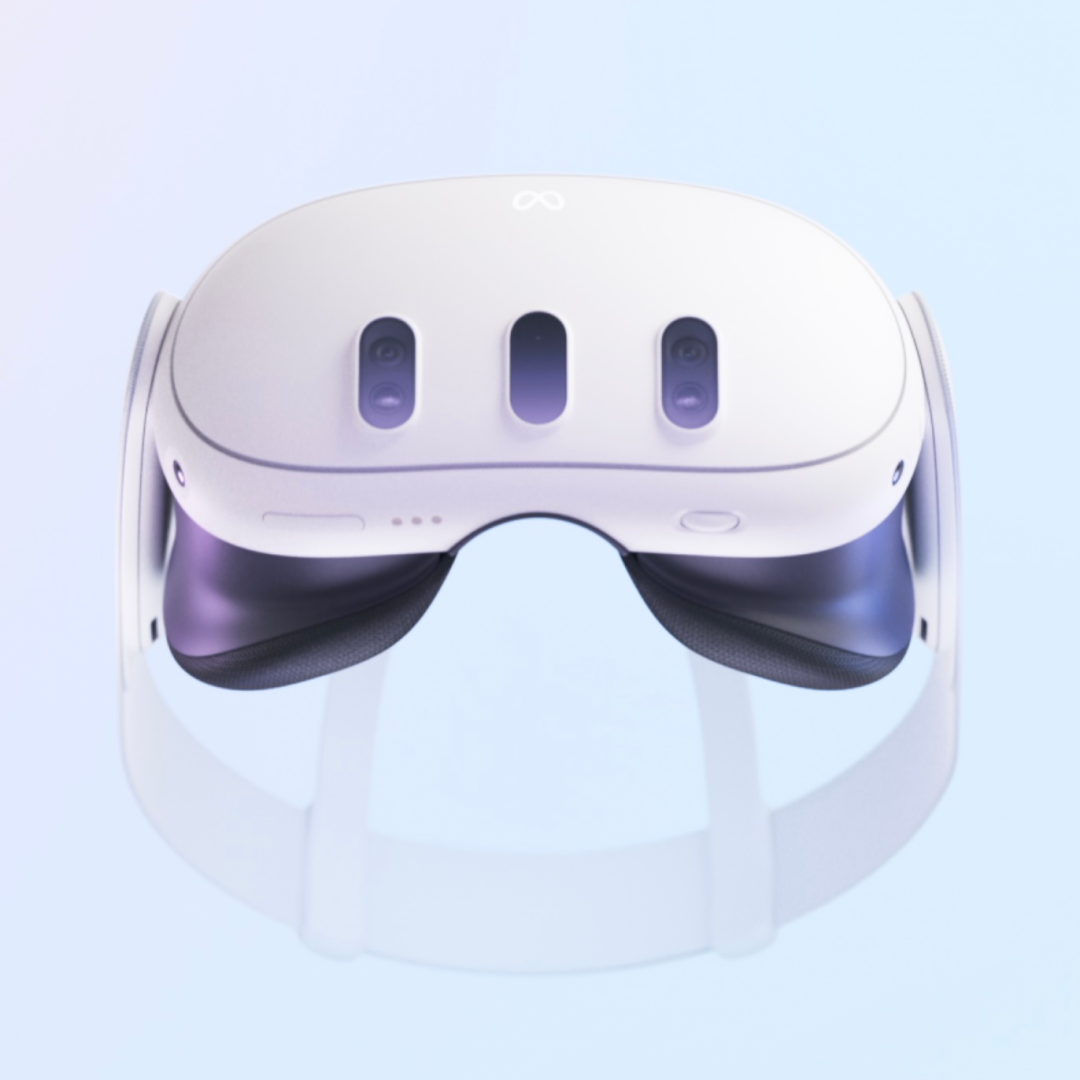
Picture by Meta
Oculus Quest 3
is the third generation of VR devices from Meta, significantly raising the bar in VR. It’s light, easy to use, and really pushes the boundaries. I believe in 5-10 years, we’ll have something ready for the mass market. In fact, it’s already marketable. It’s the best-selling headset so far, which clearly sets Meta as a leader in the industry. If you’re looking for a good, affordable VR device, you can’t go wrong with the OC3.
Ray-Ban AR glasses
are a collaboration between Ray-Ban and Meta Reality Labs, combining stylish designs with AR technology. They allow users to access various AR functions, like displaying route information while cycling, taking phone calls, or taking photos. Due to their size, they’re less complex than the other two, but they represent the ultimate goal: light devices that don’t cover the user’s face. I believe this is essential for mass market appeal, and until technology allows for such a size, XR will remain a niche product.
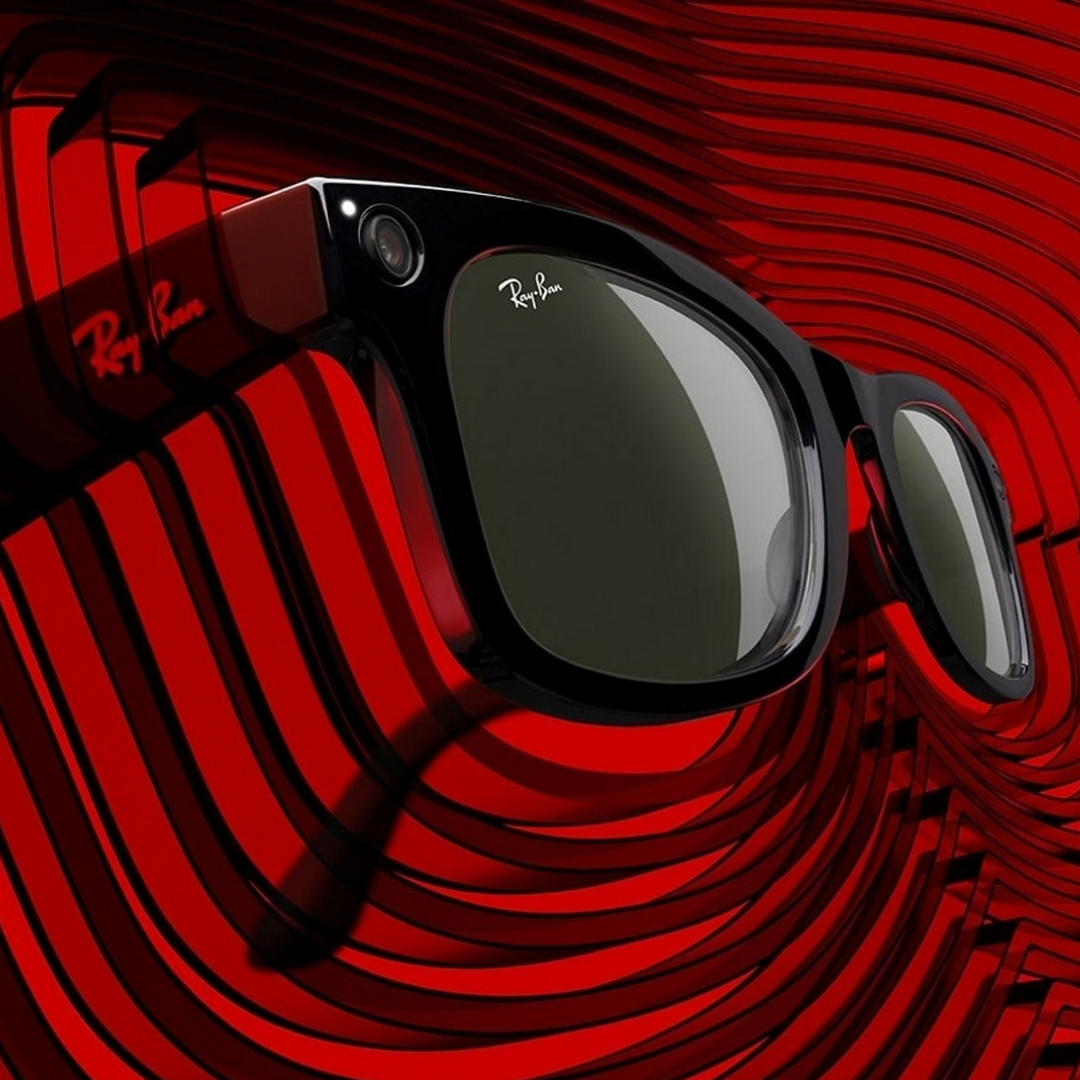
Picture by Ray-Ban
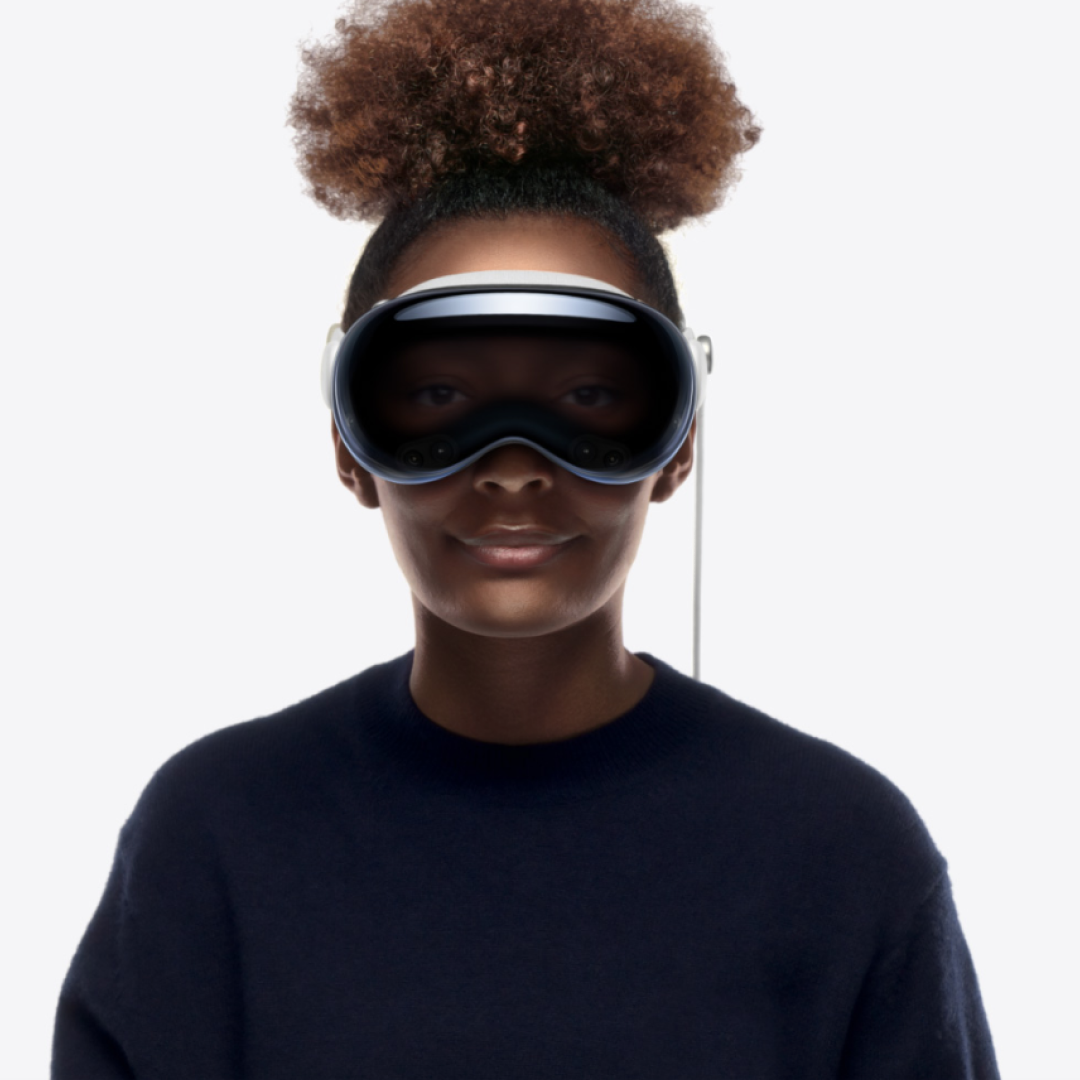
Picture by Apple
Apple Vision Pro
is the result of over seven years of research and development. Apple has always been known for its innovative solutions, and entering the XR market is no exception. Apple Vision offers an augmented reality experience, merging the real world with virtual elements, thanks to advanced motion-tracking and accurate gesture recognition. Another innovative feature is eye retina scanning, setting the cursor where you’re looking with unbelievable accuracy. There’s a lot of innovation in Apple Vision, potentially setting them as a market leader – if you’re looking for quality and aren’t too concerned about the cost.
The glasses are comfortable, but are they ready for mass consumption? In my opinion, not yet. But it’s a bold statement from Apple – they want to be a tech leader again and are set to reinvent, or rather, make computing spatial.
Why did I choose these three?
We are still on the road to achieving the consumer product – light glasses the size of Ray-Ban AR Glasses but with the functionality of Oculus Quest and Apple’s Vision Pro combined. We must understand that this is the direction everyone is headed, and it’s their ultimate first goal; the next could be retina contact lenses or even a direct chip into the brain.
1. Vision Pro glasses are Apple’s statement that they want to make computing spatial
If you think of the Vision Pro from the product perspective and marketability – you’re doing it all wrong.
The price tag is $3500. It’s way above the market. But Apple doesn’t want to earn money on it… yet. If you calculate it – the goal for 2024 is to sell 150,000 units of those devices, which gives 525 million; in the scale of Apple’s revenue: 383,29B is a drop in the ocean. Even with 1M of the devices sold predicted for 2025, it’s still <1% of their current revenue. The real money is 10-15 years ahead… in the future when the mass adoption happens.
Product design always has a trade-off between quality and price to make it marketable. The designers of Vision Pro didn’t really pay attention to economy – the glasses look luxurious and are made of HQ materials and aluminium. I believe they want to set the bar higher and hence make another statement: that we should aim for more expensive and better devices since they will replace a computer with time. When I thought more about it, it made sense. XR devices (with some exceptions like Vario) are cheap compared to e,g. the latest MacBook Pro. A perfect example is the first iPhone, which cost 599 dollars, which was 2x the price of regular phones, and still, people bought them. Because Jobs introduced the future to the customers. And in my opinion, Apple wants to do precisely the same – to reinvent traditional computing. To create the next step in our consumption of artificial spheres – and give people another way to interact.
2. Apple’s goal is to set the bar higher, aiming for more expensive and better-quality devices that will one day replace traditional computers
It’s been 13 years since Apple last introduced a new category of devices – the iPad in 2010. Since then, innovation seemed to have taken a back seat, a stark shift for a company that once held it as a core value. Steve Jobs, a visionary leader, often stood firm against market trends and skepticism, sometimes even challenging his own shareholders and employees. His unwavering focus on goals set the company apart. Today, Apple’s approach appears to have drifted from this path. The naming of their new glasses – ‘Vision’ – might be a signal that Apple is attempting to recapture this spirit, to show the world that they are ready to innovate and lead once more, changing the future of humanity.
Apple is not just challenging the market with a premium-priced device, but they are also grappling with technological challenges. The shift in their narrative has been noticeable. In recent years, they heavily emphasized AR, but during the Vision Pro reveal, they subtly altered their approach, focusing less on specific XR terminologies and more on a general concept of spatial computing.
This shift might indicate that the product isn’t yet ready for public use, prompting a change in narrative from outdoor to indoor applications. The journey to create a device that functions well outdoors remains long and complex, a challenge well-known in the XR community. The size of the device, as I mentioned earlier, is another significant hurdle. It’s unlikely that anyone would choose to wear a device that covers half of their face in public. Therefore, it seems Apple tailored their presentation to match the current development state of their product.
3. Apple has notably shifted the narrative with their latest approach – eschewing the use of familiar XR terminologies, they’ve pivoted from outdoor to indoor applications
This move is not just a deviation from market norms, but it also challenges established semantics and the lexicon we’ve come to expect. Apple’s strategy is clear: they aim to stake a claim in the technological landscape, positioning themselves as pioneers. Their audacity is evident in their avoidance of conventional terms like XR, VR, AR, and even AI, a tactic not seen in other tech companies. This strategy is astutely analyzed in a video by the renowned tech YouTuber Marques Brownlee, who elucidates how Apple seeks to own this new sphere. This is reminiscent of their approach with the iOS ecosystem: a tightly-knit, self-contained world, impermeable to external players. The integration of glasses into their hardware lineup mirrors this strategy – leveraging a substantial user base, many of whom are early adopters, and a rich array of applications, they plan to weave these new devices into the fabric of their existing ecosystem, thus further entrenching user loyalty.
What caught my attention most in Apple’s Vision Pro presentation was the apparent scarcity of solid use cases. The highlight, undeniably, was the application of these glasses in movie-watching, particularly in collaboration with Disney – a logical pairing, given their shared history and Disney’s dominance in the entertainment sphere. Additionally, the presentation touched on using iOS apps with the glasses and allotted a mere few seconds to gaming. As a game developer, this was a letdown.
Is it possible that Apple is sidelining gaming in their content development strategy? The overall presentation left an impression of uncertainty in Apple’s direction with their product. As the adage goes, a product meant for everything ultimately satisfies nothing. This ambiguity, particularly in Vision Pro’s market positioning, was a startling revelation. It seemed as though Apple, even in unveiling the glasses, was tentative in defining their place – aside from emphasizing their premium nature.
4. The apparent scarcity of compelling use cases for Apple’s Vision Pro glasses suggests a certain hesitancy in defining their market positioning
Conclusions:
1. With the introduction of its Vision Pro glasses, Apple has made a resolute declaration of its intent to revolutionize the virtual experience.
2. This ambition is not short-sighted. Apple is aware of the technological complexities and the nascent state of the relevant technology. Nevertheless, they are laying the foundation for future advancements in this arena.
3. Apple’s subsidiary aim is a transformation of its public image. The company aspires to be seen as an innovator, a trendsetter that dictates market evolution, emulating the impact it had during the mobile revolution initiated by the iPhone’s introduction.
4. The Vision Pro should not yet be viewed as a finished product. It represents the initial phase in a sophisticated journey towards a comprehensive spatial computing ecosystem. There’s a considerable path ahead, but the ultimate reward is substantial: reshaping how people engage with the virtual domain.
As is often the case, the future will be the ultimate judge. Thank you for your attention.


